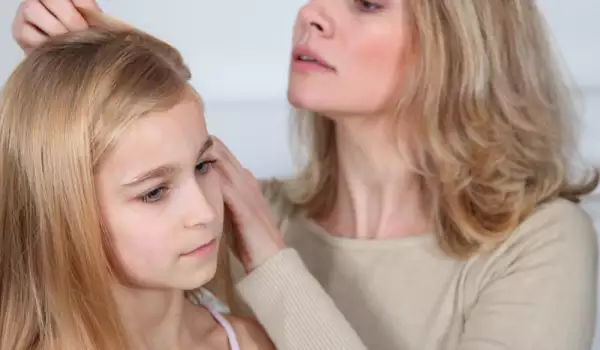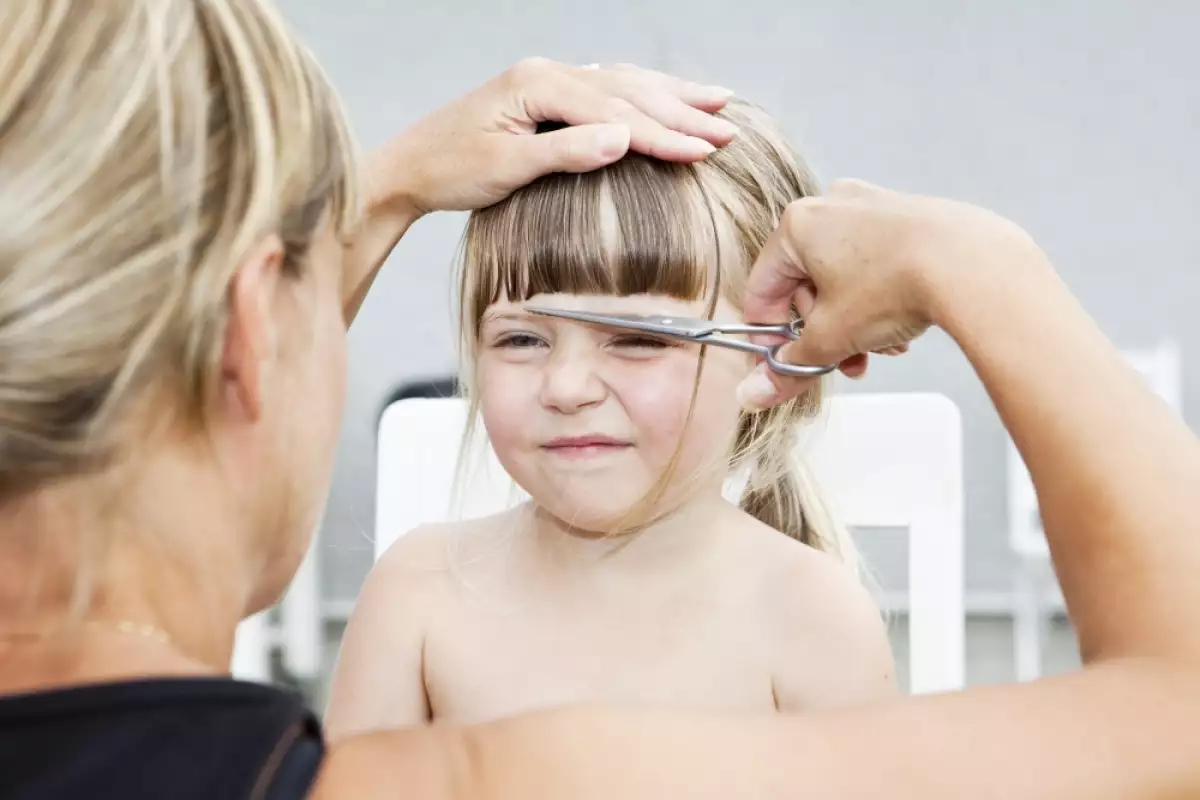What is the difference between a child’s hair and an adult’s? Lanugo is a term for the thin and very fine hair that forms on the baby’s head even before birth. It is one of the three primary hair coverings in newborns – hair, eyelashes and eyebrows. The color of the hair of the child at birth very often changes later.
In the process of growing up, this primary hair covering of the head changes. Already after 1 year of birth of the child the structure of his hair undergoes significant changes. The small hairs at the beginning are very fine and do not get greased.
Taking care of a child’s hair in the process of growing up
Primary baby hair does not require special care, it is enough to rinse with water. It is gently dried with a soft cloth. Caring for it does not require the use of shampoo or a hair dryer, which can only harm it.
After 6 months of age, the child’s hair grows faster and thickens, and requires washing with shampoo 1-2 times a week with gentle ingredients. Gradually, the final structure of the child’s hair begins to take shape.

Care for thin hair in a child
In some children, hair remains thin, weak and sparse. Such hair is more quickly tangled and torn, very quickly greased, and in many cases, children face unpleasant and persistent hair loss.
Such damaged hair requires a careful attitude and constant care. It is not only external but also internal, it is related to the diet, eliminating fatigue and stress from everyday life. In the diet, it is necessary to include products rich in vitamins A, E, C, PP, and Group B, as well as the minerals Silicon, zinc, iron and calcium.
end of tenancy cleaners henley on thames
External nourishment can include masks for weak and thin hair for children, containing natural natural hair oils such as almond, linseed, lemon, jasmine and others. Useful components such as egg yolk, vitamins, and lemon juice provide softness, smoothness and shine of children’s hair.
One of the most important things in the care of children’s hair is cleaning. Thin and weak hair quickly gets dirty and therefore requires daily care. Filtered and boiled water is a better option for washing than solid and chlorine-containing tap water. Rinsing with mineral water or with a decoction of herbs such as chamomile is useful for weak hair.

Drying and combing also play a role in improving the condition of a child’s thin hair. Haircuts should also not be neglected, as the length of hair in girls should not be below the shoulders, as excessive length affects the volume of thin hair.

